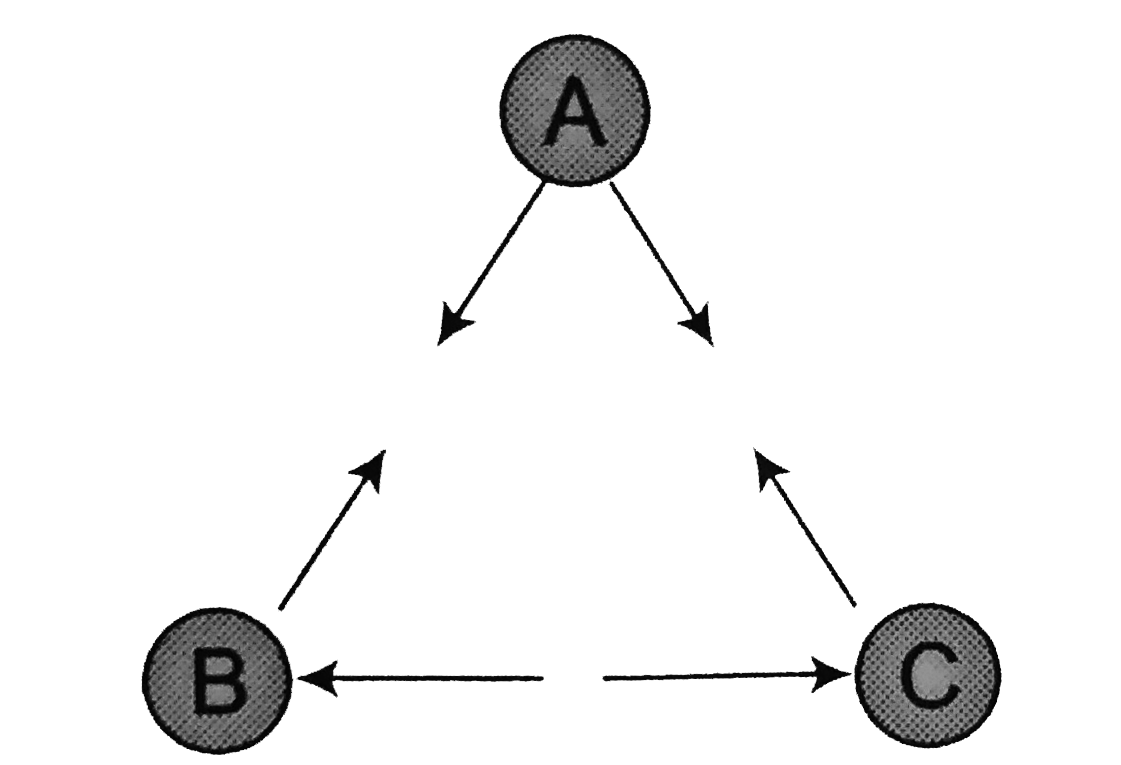A
B
C
D
Text Solution
Verified by Experts
The correct Answer is:
|
Topper's Solved these Questions
TEST PAPERS
ALLEN|Exercise PAPER 3|100 VideosView PlaylistTEST PAPERS
ALLEN|Exercise Part-1 Physics|15 VideosView PlaylistTEST PAPERS
ALLEN|Exercise MATHS|18 VideosView PlaylistTEST PAPER 4
ALLEN|Exercise PHYSICS|45 VideosView PlaylistUNIT & DIMENSIONS, BASIC MATHS AND VECTOR
ALLEN|Exercise Exercise (J-A)|7 VideosView Playlist
Similar Questions
Explore conceptually related problems
Knowledge Check
Similar Questions
Explore conceptually related problems
ALLEN-TEST PAPERS-PAPER 2
- The diagram shows the arrangement of three small uniformally charged s...
01:58
|
Playing Now - A particle of charge -q and mass m moves in a circle of radius r aroun...
03:45
|
Play - Two very large thin conducting plates having same cross sectional are...
03:36
|
Play - The figure shows several equipotential lines. Comparing between points...
01:47
|
Play - An electric dipole is placed in a uniform electric field vec(E ) of ma...
01:27
|
Play - Two infinitely large charged planes having uniform suface charge densi...
06:12
|
Play - An irregular shaped non conductor has some charge distribution. The po...
02:02
|
Play - A graph of the x-component of the electric field as a function of x in...
03:02
|
Play - For infinite ladder network containing identical resistance of R Omega...
03:16
|
Play - Which one of the following equation is correct for the circuit shown. ...
01:28
|
Play - The following diagram represents an electrical circui containing two u...
03:33
|
Play - Three resistors, an ideal cell are connected as shown in figure. The s...
02:09
|
Play - In the diagrams, all light bulbs are identical and all emf sources are...
04:29
|
Play - In the, Ohm's law experiment ot find resistance of unknown resistor R,...
02:31
|
Play - An electron passes between two parallel plate of a capacitor as shown ...
03:14
|
Play - In the figure shown the equivalent capacitance between 'A' and 'B' is ...
05:57
|
Play - Consider the shown circuit. The capacitor is uncharged when the swith ...
02:12
|
Play - An uncharged capacitor is connected in series with a resistor and a ba...
02:02
|
Play - In the circuit shown the capacitor is initially uncharged. The charge ...
01:40
|
Play - Two large oppositely charged insulated plates have a uniform electric ...
02:04
|
Play
